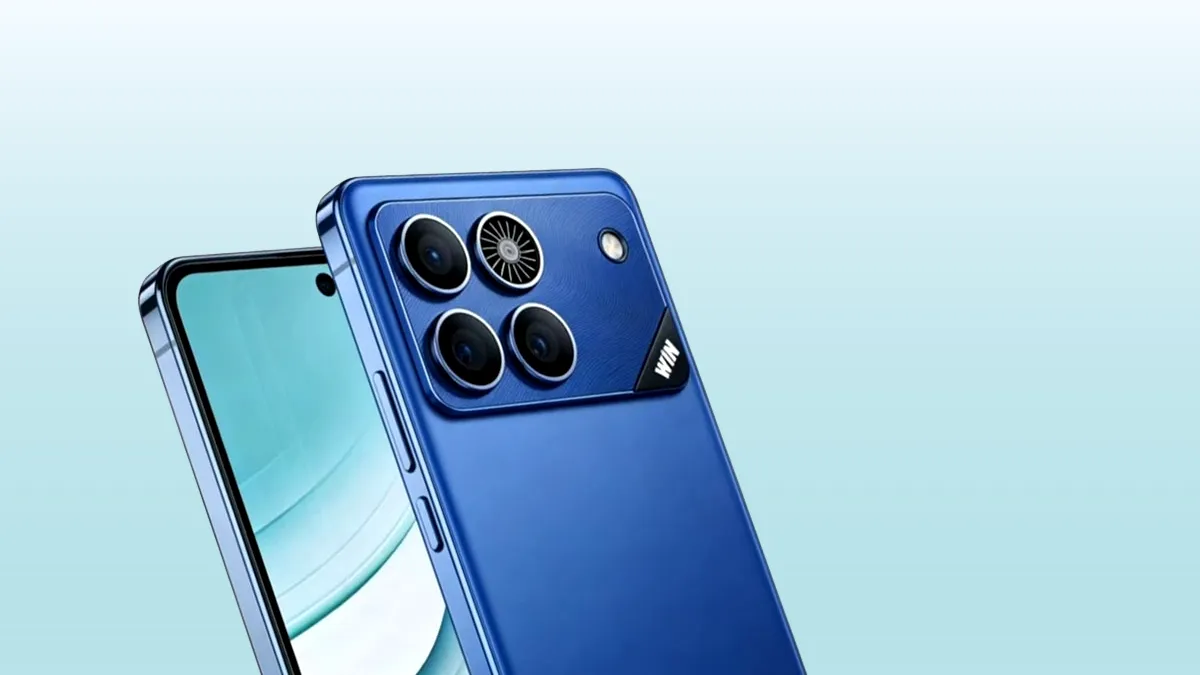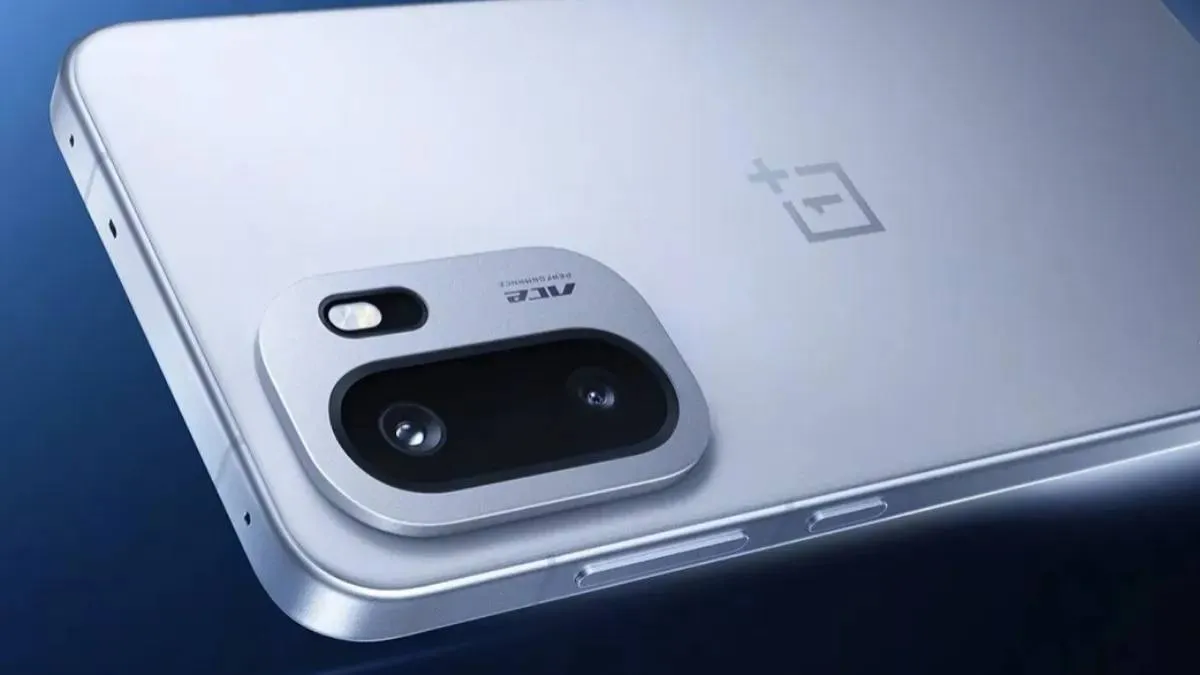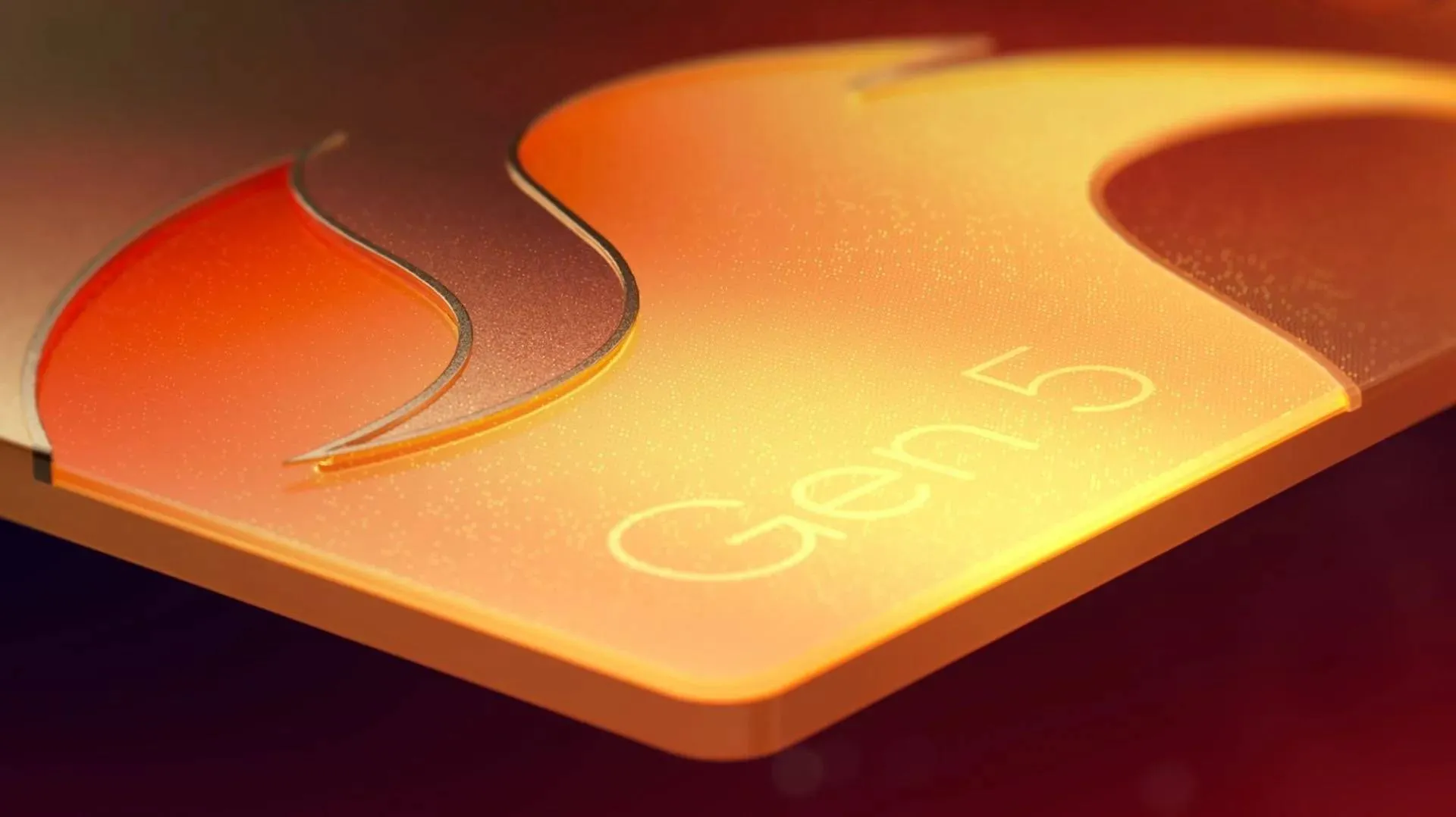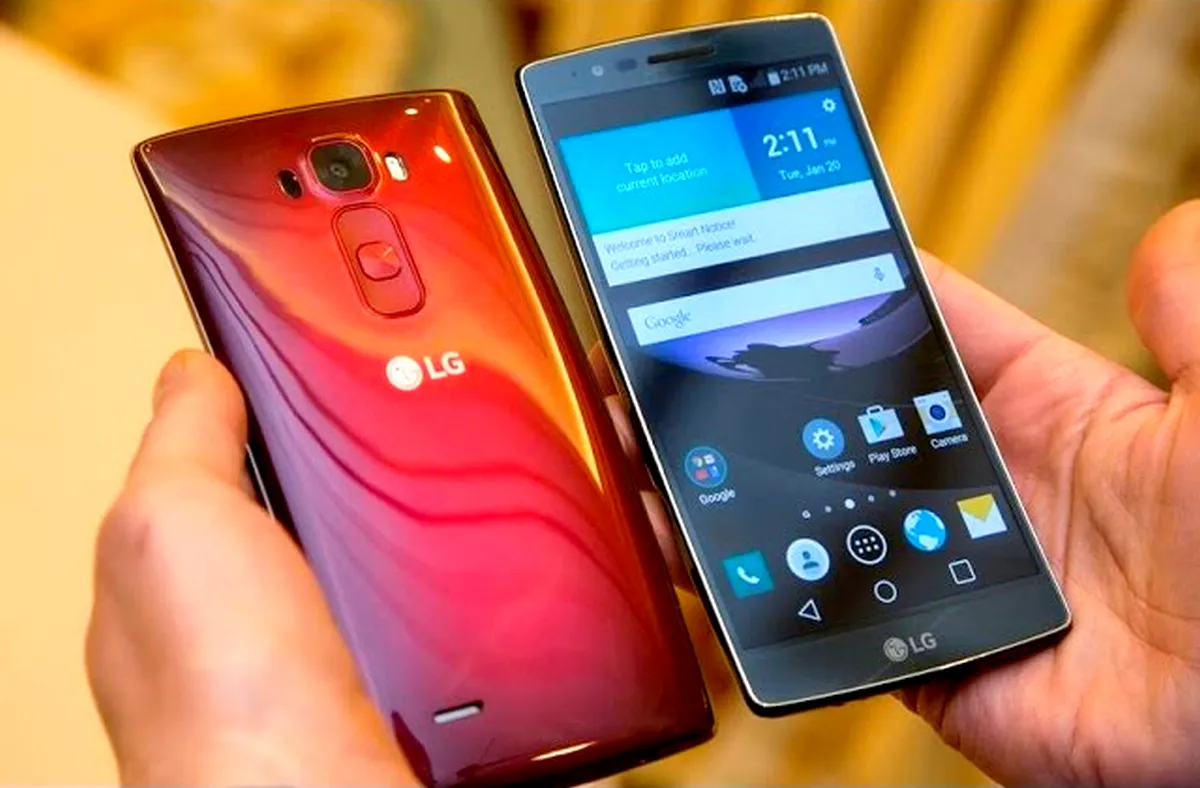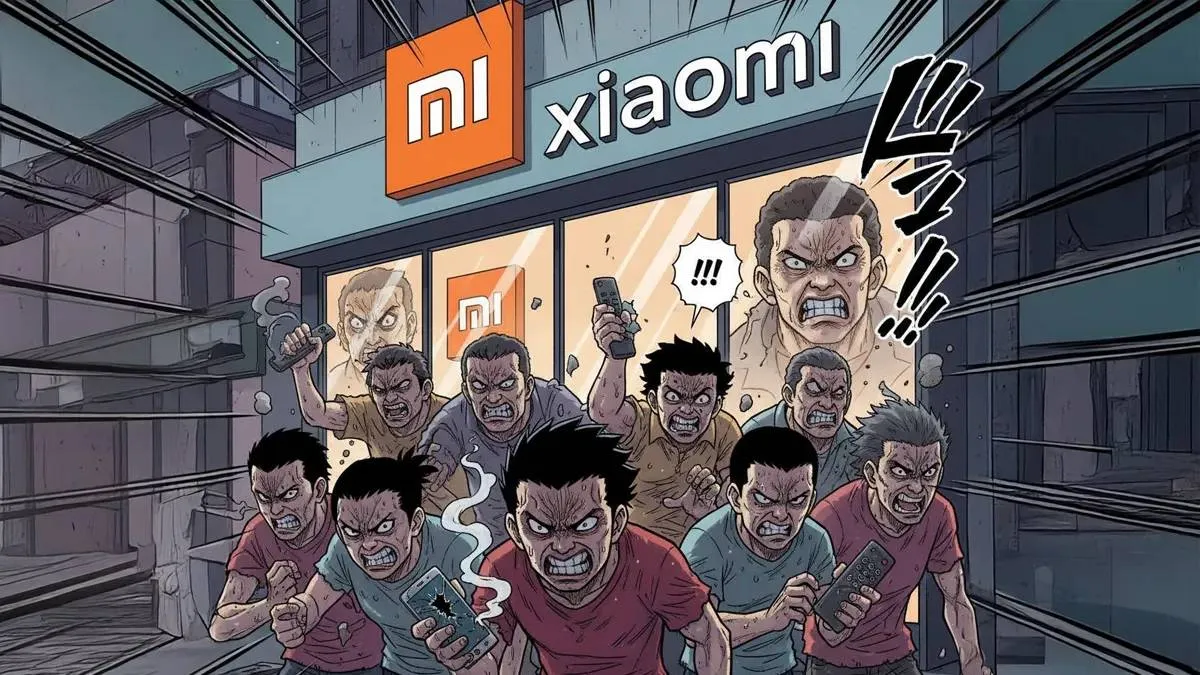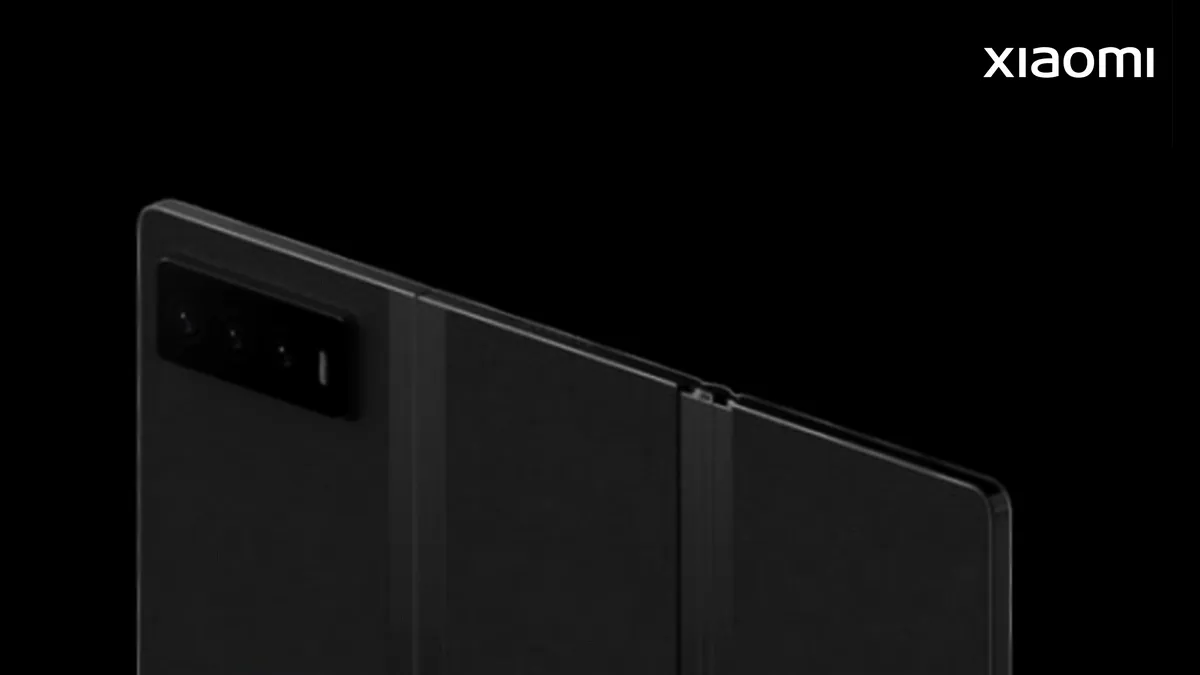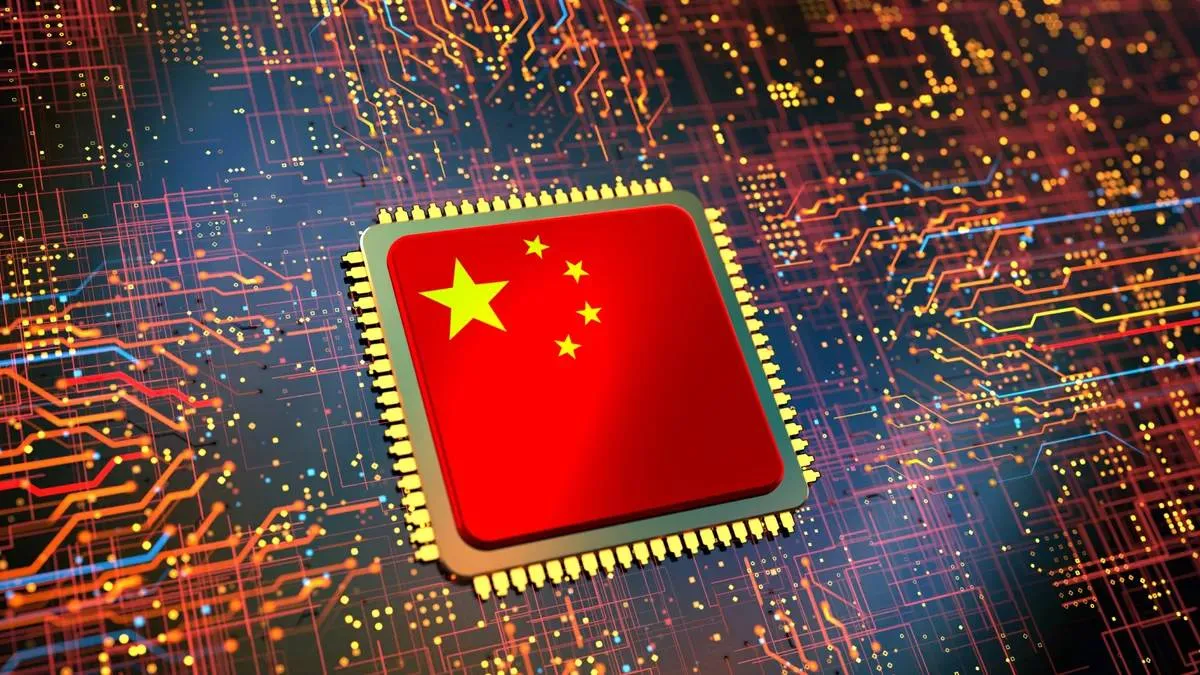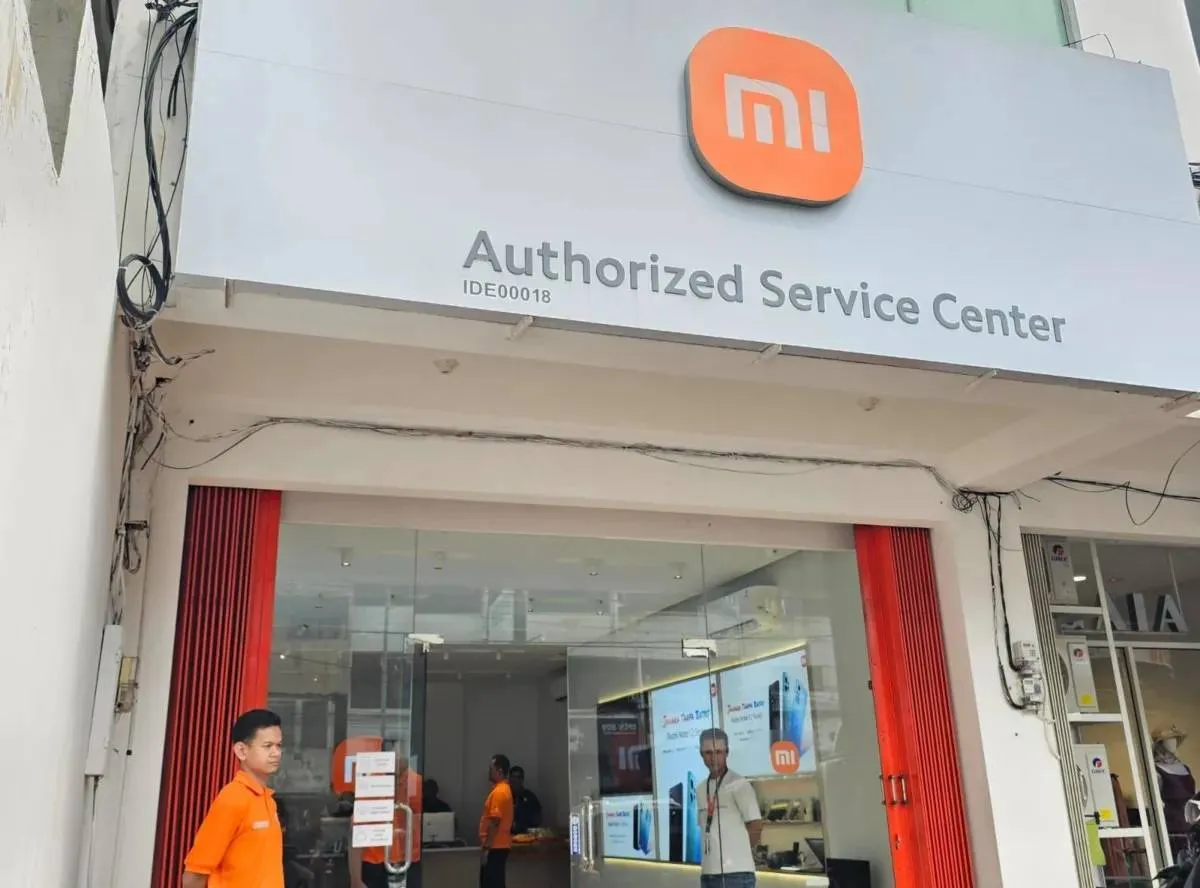
Don’t leave your kids to social media, the people who control it don’t
Dec 13, 19:45
Samsung Galaxy Z TriFold Sells Out as Crowds Queue in Korea
Dec 13, 02:14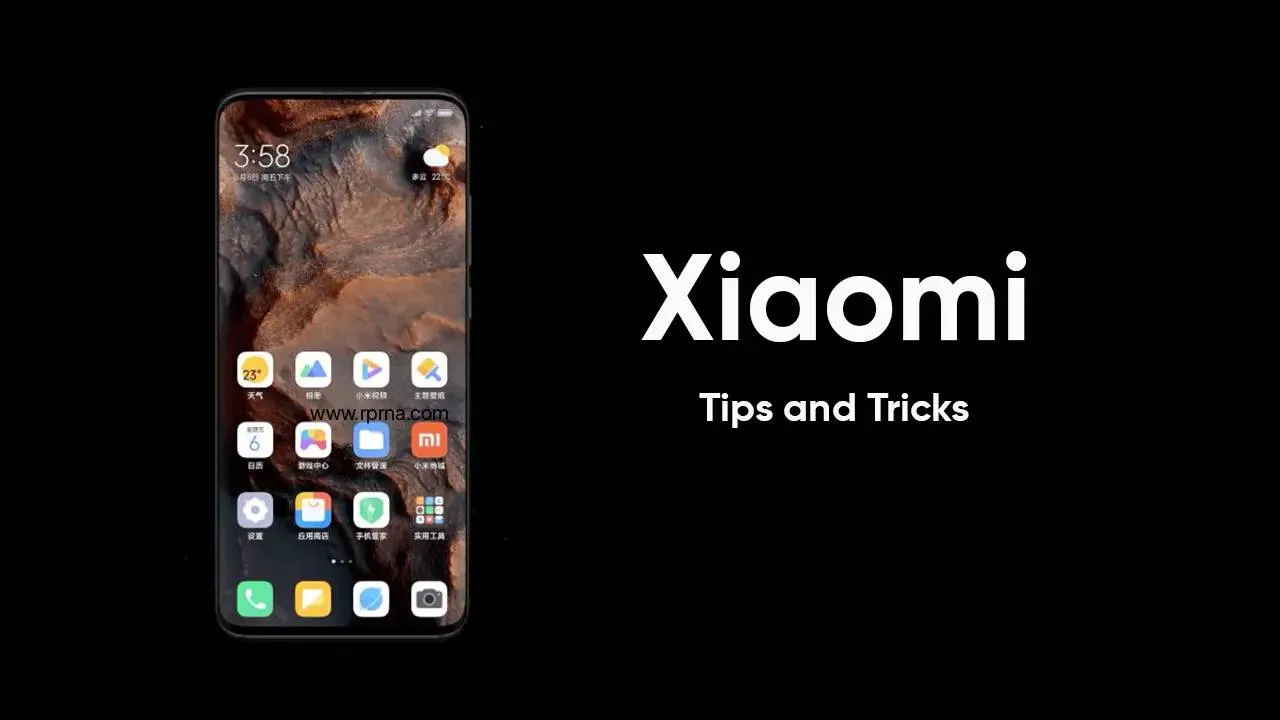
Double Your Xiaomi Speed Instantly: The One Simple Trick That Works!
Dec 12, 11:18
HONOR Magic8 Pro Officially Launches Across the GCC with 200MP Camera and 5.5G Support
Dec 11, 02:09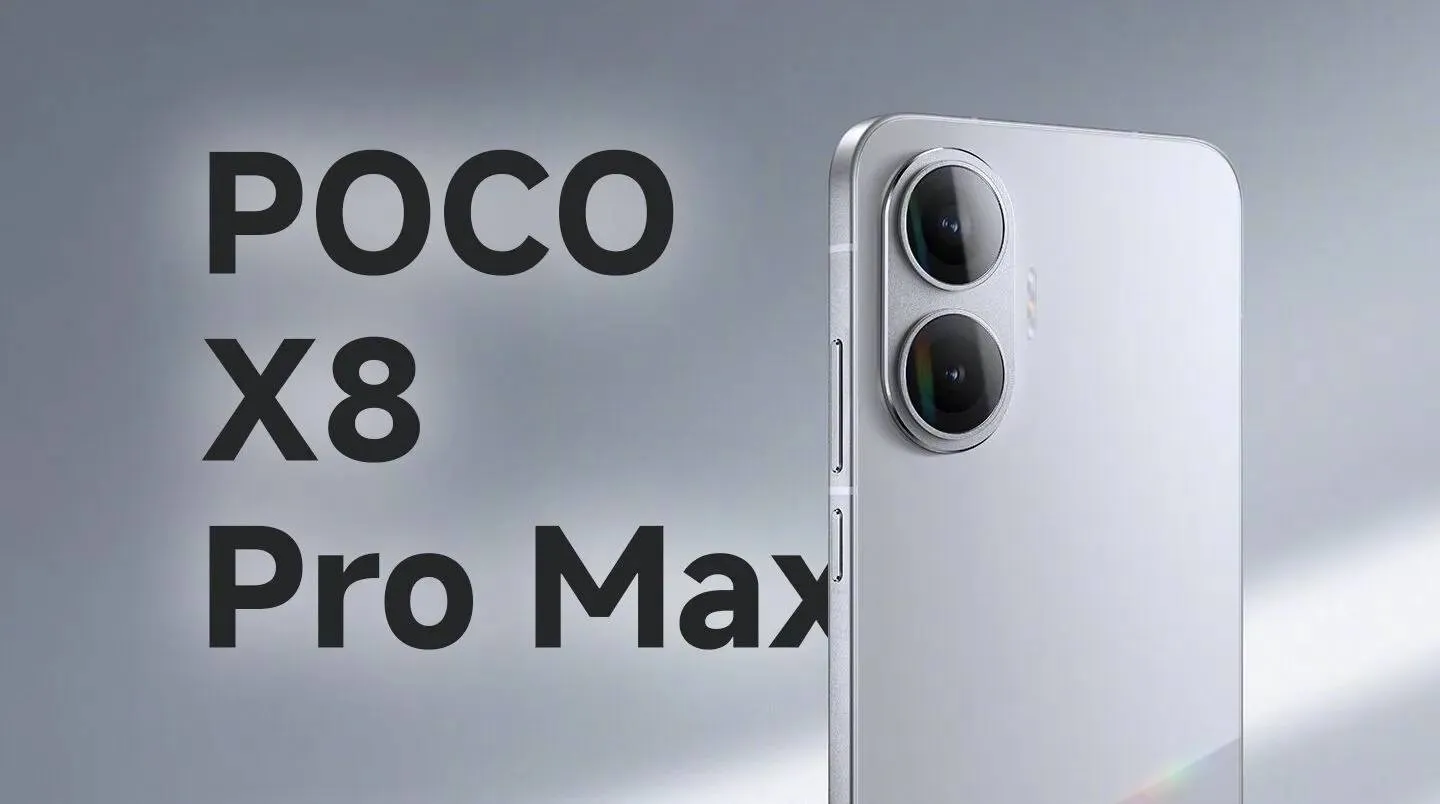
POCO F8 is Dead: Meet the New Flagship Killer, the POCO X8 Pro Max!
Dec 10, 11:03
The Selfix Case: Finally, a Second Screen for Your iPhone 17 Pro
The Selfix case adds a 1.6-inch AMOLED screen to your iPhone 17 Pro. Use the 48MP rear camera for perfect selfies and store up to 2TB of files.

Don’t leave your kids to social media, the people who control it don’t
As fears grow over kids' screen time, more tech CEOs now admit they limit social media use at home. One clear voice is YouTube CEO Neil Mohan.

How Samsung pushes foldable phones to the limit with the Galaxy Z TriFold
Samsung’s Galaxy Z TriFold is not just a new phone. It’s a statement about what foldable devices can do. The company’s latest flagship takes a bold step.
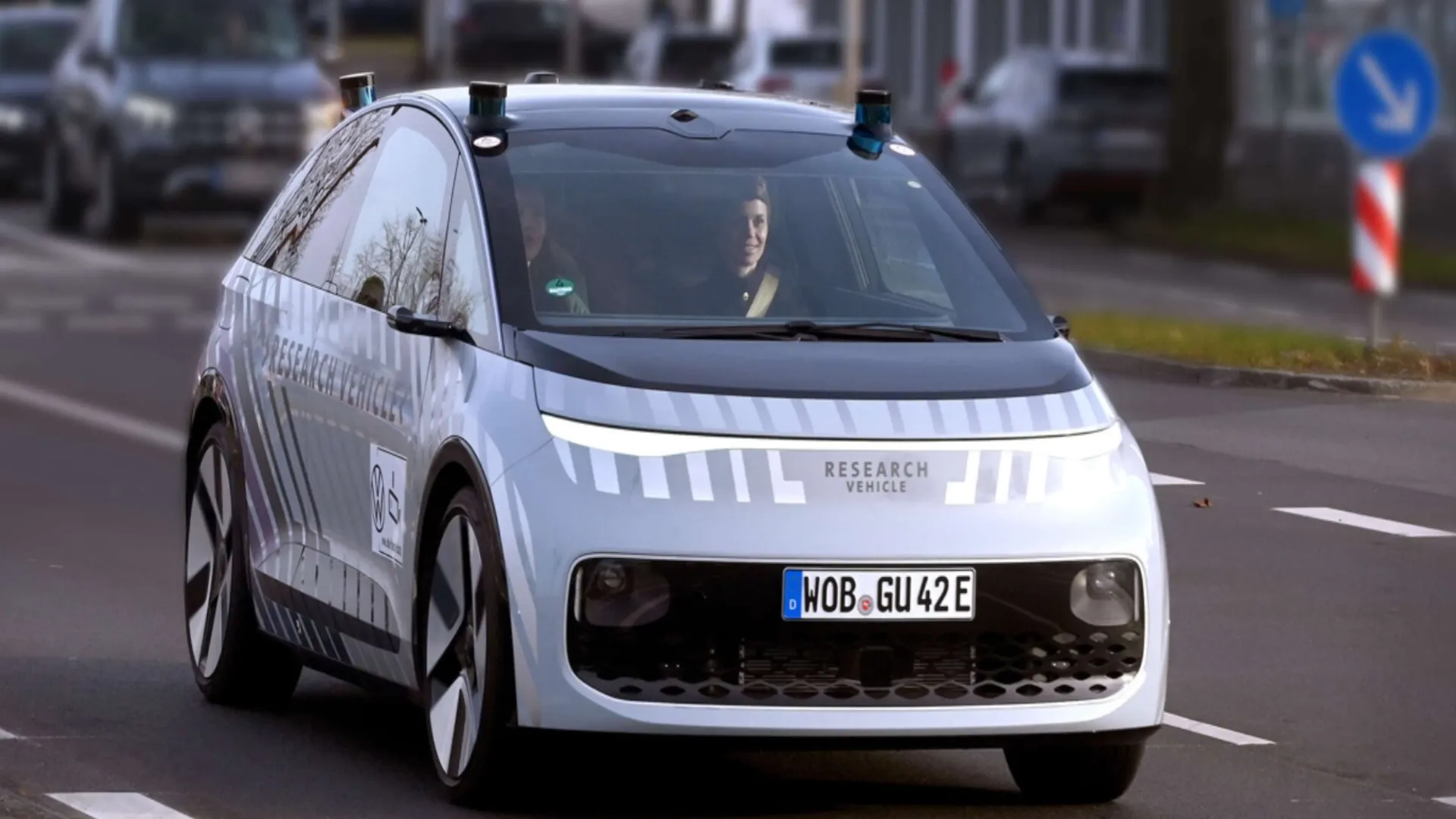
From driverless to "steering-wheel less": The best of electric cars is yet to come
A cool technology is before us, and it's one where you can drive electric cars without a steering wheel. In Germany, the Volkswagen Group is testing its new car, Gen.Urban1.
- Besoin de ça
 merveil11-12-2025
merveil11-12-2025 - Looking forward to buying both sizes of this when they are available in Thailand 🇹🇭chrisman08-12-2025
- Finally! Surprised corrupt Grok was not mentionedMaxNix07-12-2025
- About time!!MaxNix07-12-2025
- Best practice avoid buying Xiaomi phones and products, you all won't regret later.Kevin03-12-2025
- Interesting update on OpenAI’s Sora app! As we also review AI and SaaS tools at TheSoftReview, it’s fascinating to see how video-generation apps are expanding to mobile platforms, making creative workflows more accessible.Shamima29-11-2025
- Good, good… keep going downhill. Unlike Xiaomi, other brands in Europe actually allow global users to unlock the bootloader. Xiaomi is full of lies the Mi Community app doesn’t work, and for over a month I clicked every day with no success. In the end I sold the phone and switched to another brand. Samsung works perfectly and unlocking the bootloader is very easy. I used to support Xiaomi and my whole family bought their phones, but now it’s over. Goodbye! I hope your stock keeps falling next year. Yay!HeCosmin28-11-2025
- Kind of drop the Ultra's 2K screen and 120Hz refresh rate.MaxNix25-11-2025
- Stellar Data Recovery worked great for me when I lost some important photos from my SD card. It found files I didn’t even remember deleting, which was surprising. Although the scan was a bit slow, the recovery success made it worth the wait.john25-11-2025
- Really eye-opening article. You make a strong case that Facebook Messenger collects huge amounts of user data — more than many other apps, according to survey results.lindseyjohn83020-11-2025

Samsung Galaxy S26 Ultra Enters The Fast-Charging World With 60W Fast-Charging
Samsung has been playing with a conservative approach when it comes to the charging speed of its smartphones. While the Chinese brands play in the 100W charging territory, the brand has been offering...
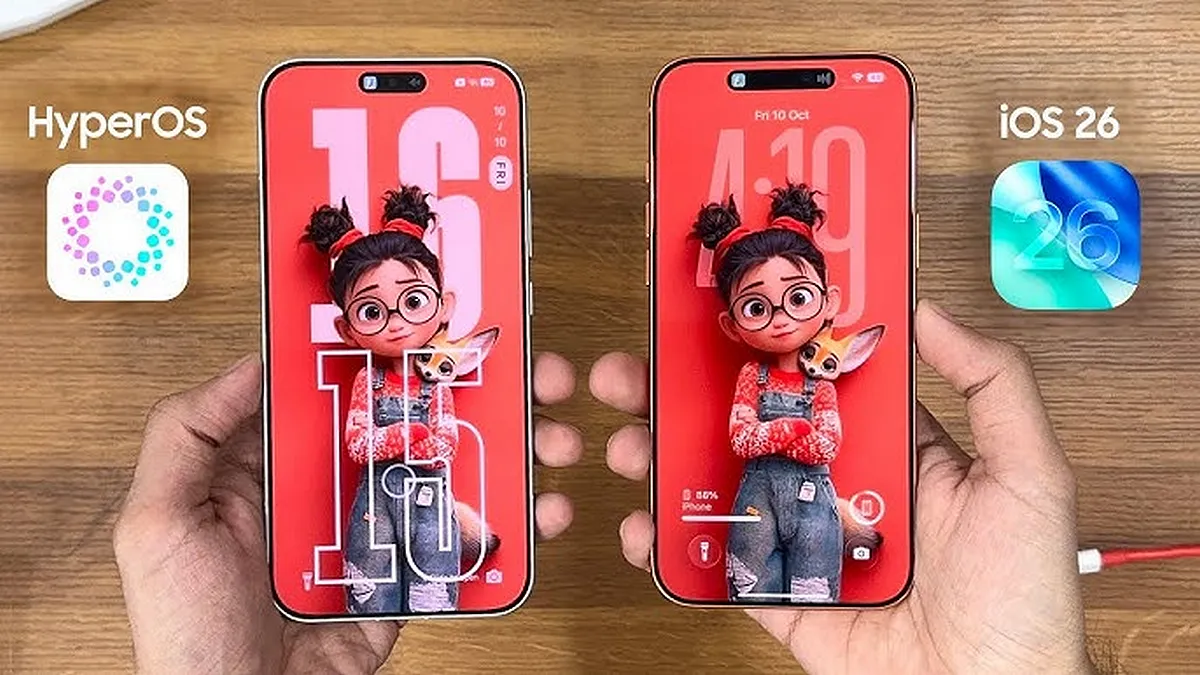
HyperOS 3: An Interesting New Direction… or Just iOS Wearing Sunglasses?
HyperOS 3 brings a cleaner design, new AI tools, tighter ecosystem features and the controversial “floating pill”, marking a bold step in Xiaomi’s evolution.

Double Your Xiaomi Speed Instantly: The One Simple Trick That Works!
Make your slow Xiaomi phone fast again! Discover the simple trick of clearing your system launcher cache to instantly restore performance, speed, and battery life.

Double Your Xiaomi Speed Instantly: The One Simple Trick That Works!
Make your slow Xiaomi phone fast again! Discover the simple trick of clearing your system launcher cache to instantly restore performance, speed, and battery life.
Loading

